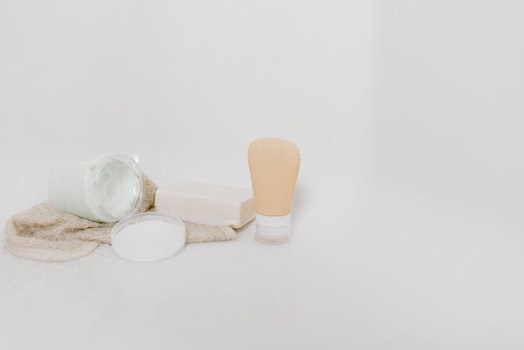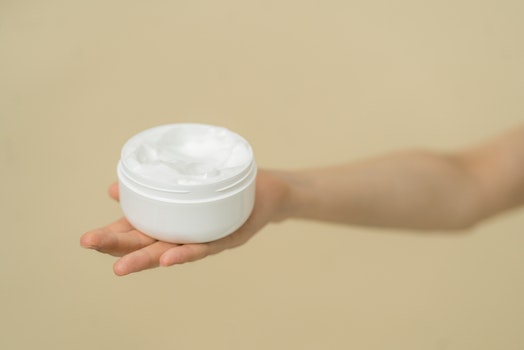If you've been into natural beauty since you tinted your tresses with henna in middle school, you've probably tried everything from avocado masks to skin-smoothing shea butter. It's time to revitalize your easy, breezy routine by adding these seven spices to your hair care regimen.
Black Pepper
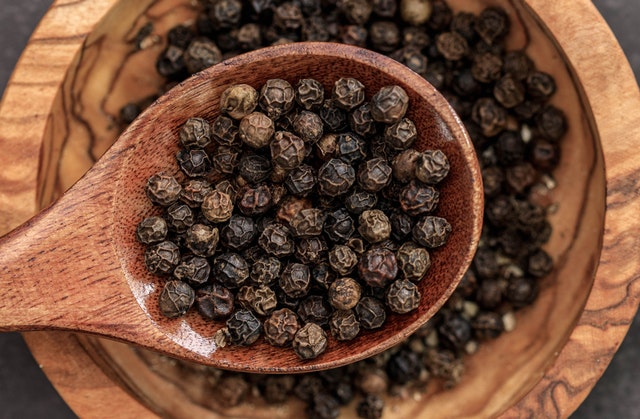
Pepper up your tresses by applying this go-to spice, which facilitates the flow of blood and nutrients to your scalp and hair follicles. You'll notice your hair remains healthy and strong even as it grows faster than expected. Just mix a tablespoon of black pepper with about 1/4 cup each black castor and coconut oils (organic if possible). Apply it to your scalp for about 20 minutes, then rinse completely before styling those gorgeous locks.
Chamomile
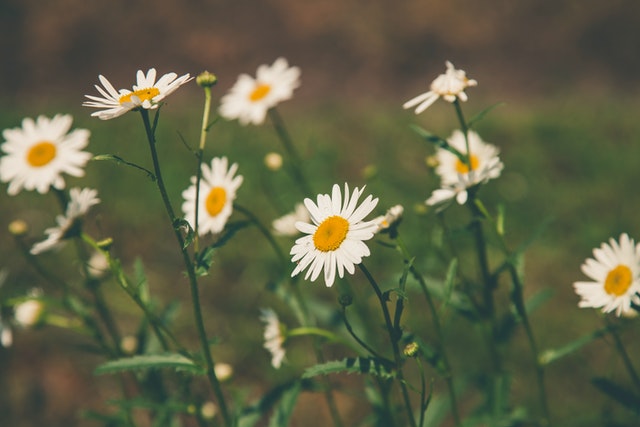
While you're making your next cup of tea, steep some for your hair to revitalize your roots, soothe itching, and moisturize the scalp and strands. You only need to boil a teaspoon of chamomile flower in 1 cup of water and use it to rinse your hair after your next shampoo and condition.
Cinnamon
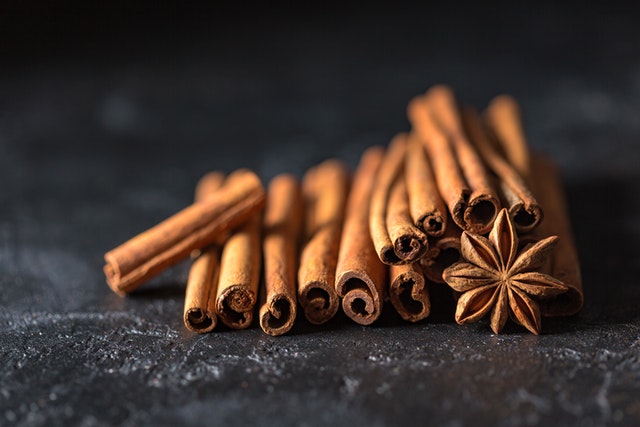
You know about the sun's unwanted impact on your skin, but you should also be aware of environmental damage to your hair and scalp. In addition to wearing a hat whenever you have a pool day planned, you can use cinnamon to dial back dryness and damage caused by the sun. Because it increases cell turnover and circulation, it also encourages hair growth. To take advantage of this spicy tip, simply stir some cinnamon (a teaspoon or two) into your oatmeal, cereal or morning beverage of choice. You can also mix it with some olive oil and honey to make a salve that will soothe and exfoliate your scalp.
Cumin
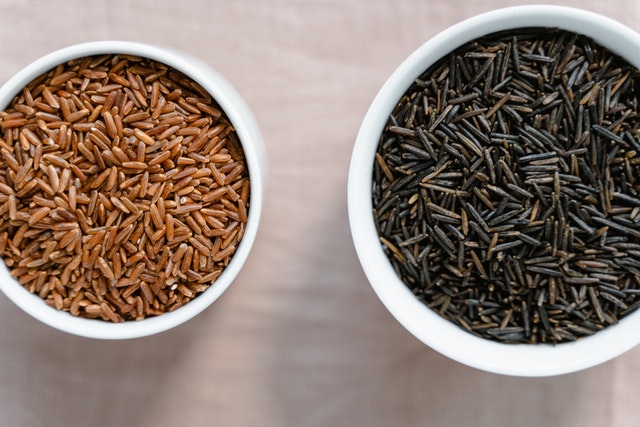
In addition to cooking up an amazing curry, cumin can reduce symptoms of dry scalp, help moisturize your mane, and even prevent damage. To try this tip, slowly stir warm water into powdered cumin until you have a pasty texture. Spread the solution on clean hair and relax for 30 minutes, then wash it out, condition, and do your thing.
Gingko Biloba
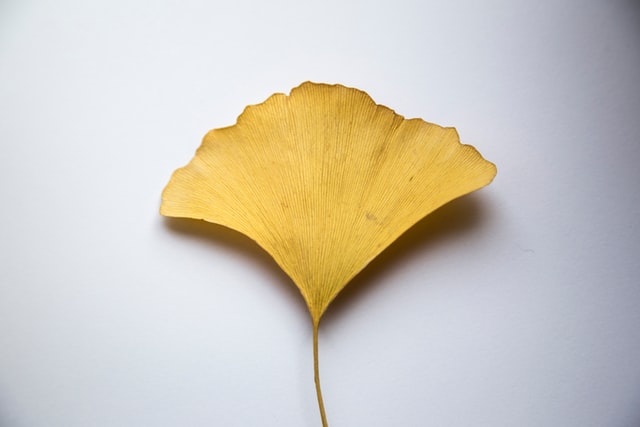
Ginkgo makes a great rinse if you want to accelerate hair growth. According to research published in Neuroradiology, this herb works by stimulating blood flow to the scalp. Throw a few cups of dried ginkgo Biloba in a pot of boiling water and steep for a few minutes, then use the resulting mixture as a rinse whenever you wash your hair.
Rosemary

Essential oil made from this herb can help with hair growth. However, don't put the formula directly onto your scalp, which can cause irritation. Instead, add a few drops to your shampoo or mix with a gentle, moisturizing oil like sunflower, coconut and jojoba to make a hair mask. A study published in the journal Phytotherapy Research even showed that the spice can shield against pattern baldness by rejuvenating nerves in the scalp.
Mustard

It's not just a sandwich spread - when massaged into your scalp, mustard oil boosts the health of your hair with fatty acids and antioxidants. It has been also used to help hair growth for generations in India since it's rich in nutritious zinc, iron, calcium, and vitamins A, D and E. In addition, studies suggest mustard oil may help shield the scalp from the sun's damaging UV rays. Finally, you can even use this essential substance to treat minor scalp infections and deep condition your tresses.
Next time you feel like your locks are looking a little lackluster, raid your kitchen for any of these seven spices to restore your hair to its most glorious state without leaving your home.



